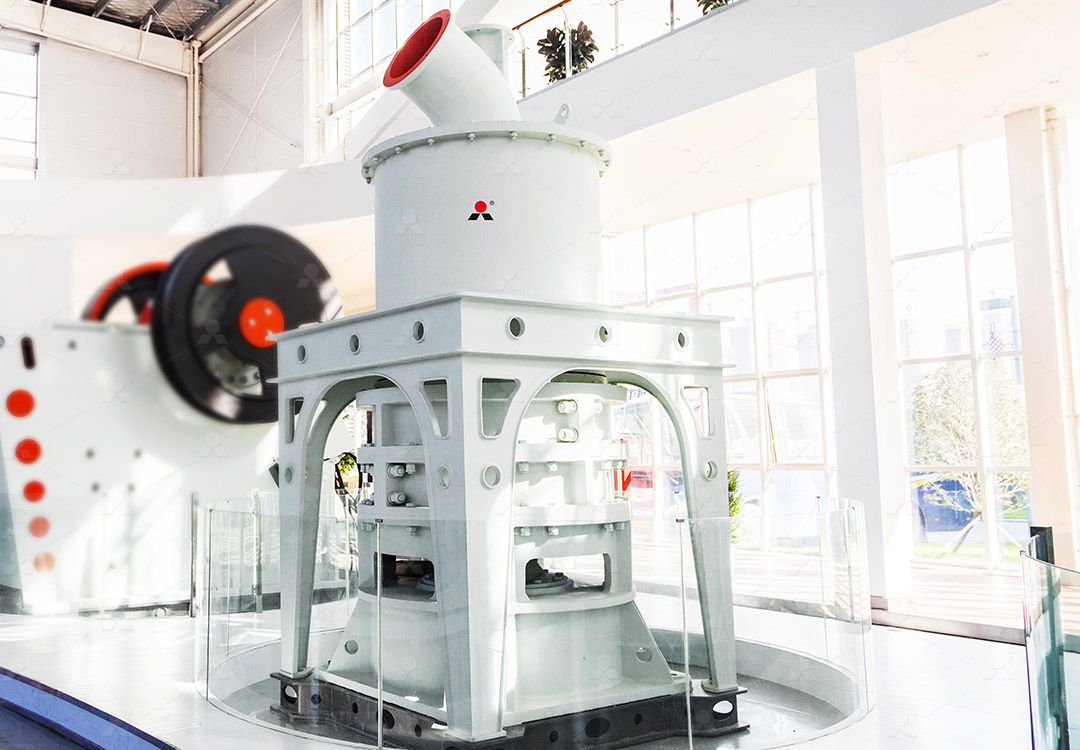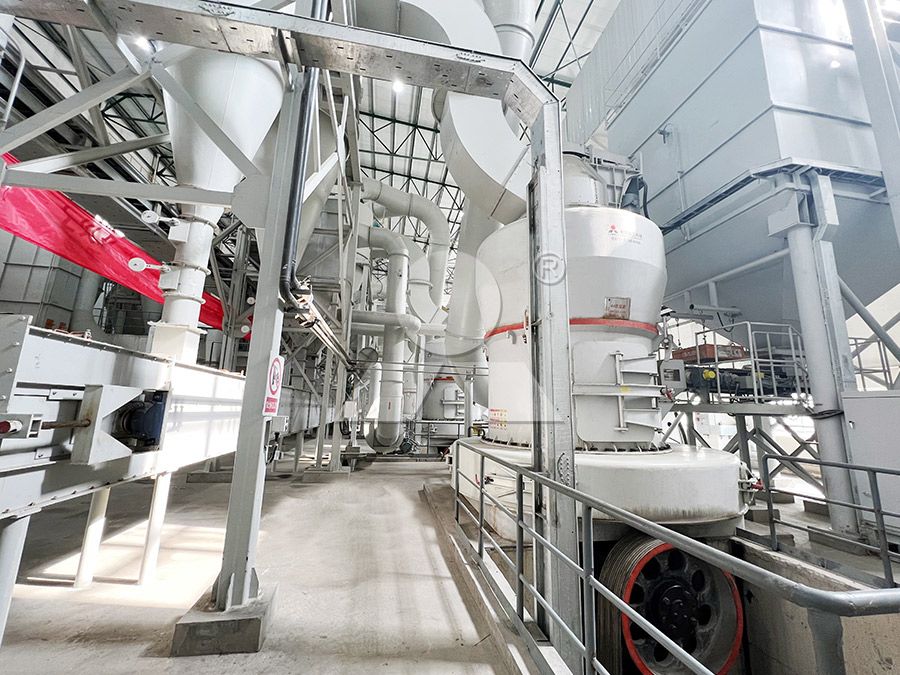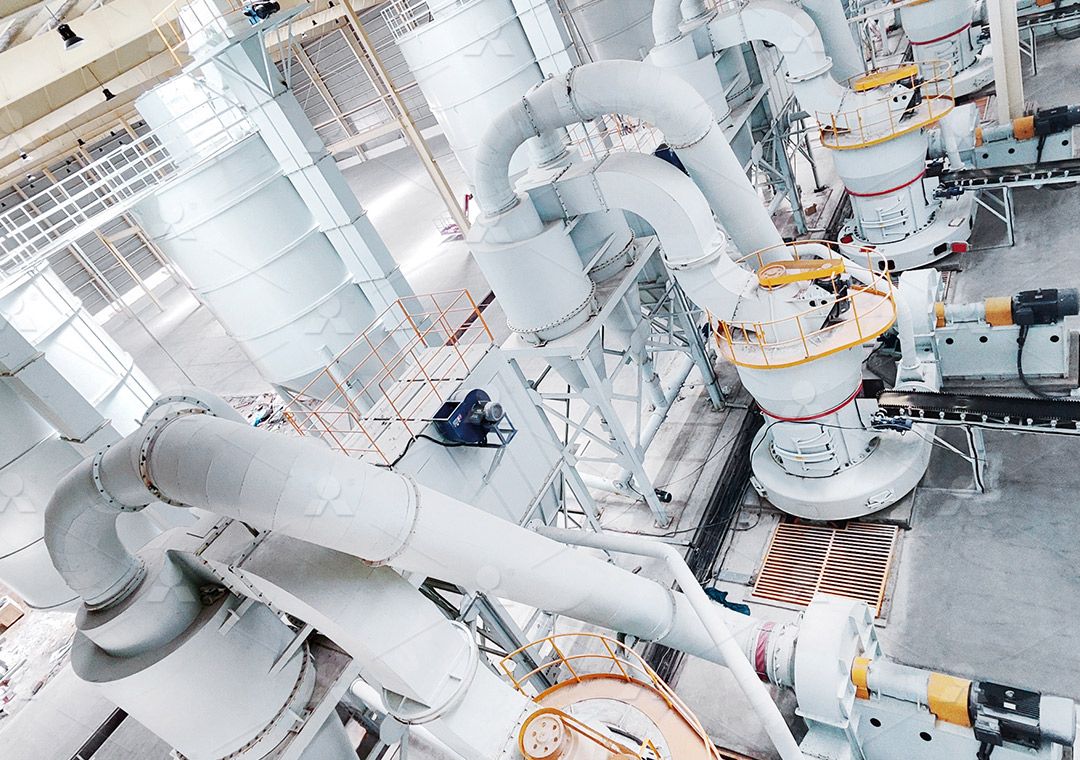Quartzite Grinding Mill Equipment for Fine Powder Production
Mastering Ultra-Fine Quartzite Powder Production
Quartzite, a metamorphic rock derived from sandstone, presents unique challenges in fine powder processing. Its exceptional hardness and abrasive nature demand specialized grinding equipment capable of producing consistent, high-quality powders while maintaining operational efficiency. The transformation of raw quartzite into fine powders opens up applications across multiple industries, from construction materials to advanced ceramics and electronics.
Traditional grinding methods often fall short when processing quartzite, leading to excessive wear, inconsistent particle distribution, and high energy consumption. Modern grinding technology has evolved to address these challenges through innovative engineering solutions that optimize grinding efficiency while minimizing operational costs.

The Critical Role of Specialized Grinding Technology
Quartzite’s Mohs hardness of 7 makes it particularly demanding on grinding equipment. Conventional mills often experience rapid wear of grinding components, leading to frequent maintenance downtime and contamination of the final product. Advanced grinding systems address these issues through specialized material selection, optimized grinding geometry, and intelligent system design.
Particle size distribution represents another critical factor in quartzite powder quality. Consistent fineness directly impacts performance in downstream applications, whether as fillers in polymers, additives in ceramics, or raw materials for silicon production. Modern grinding systems incorporate sophisticated classification technology to ensure tight control over particle size distribution.
Advanced Solutions for Quartzite Processing
Among the available technologies, the MW Ultrafine Grinding Mill stands out for quartzite applications. This system represents a significant advancement in fine powder production, specifically engineered to handle challenging materials like quartzite. With an input size capability of 0-20 mm and capacity ranging from 0.5 to 25 tph, the MW series offers remarkable flexibility for various production requirements.
The MW Ultrafine Grinding Mill incorporates several proprietary features that make it particularly suitable for quartzite processing. Its newly designed grinding curves of grinding roller and grinding ring enhance grinding efficiency substantially. Comparative analysis demonstrates that with identical fineness and power input, production capacity exceeds that of jet grinding mills by 40% and doubles the output of traditional ball grinding mills, while system energy consumption drops to just 30% of jet grinding mill requirements.

Technical Innovations Driving Efficiency
The MW series incorporates German cage-type powder selector technology, enabling precise adjustment of product fineness between 325-2500 meshes. This flexibility allows producers to tailor their output to specific market requirements without equipment modification. The system achieves remarkable screening efficiency, with d97≤5μm achievable in a single pass.
Perhaps most significantly for abrasive materials like quartzite, the MW Ultrafine Grinding Mill eliminates rolling bearings and screws within the grinding chamber. This design innovation prevents bearing damage and eliminates machine failure caused by loose screws, dramatically improving reliability in continuous operation. The external lubrication system enables maintenance without production stoppages, supporting 24-hour operation critical for industrial-scale production.
Environmental and Operational Considerations
Modern quartzite processing must address environmental concerns, particularly regarding dust emissions and noise pollution. The integrated pulse dust collector in the MW system ensures dust-free operation throughout the milling process, while silencers and noise elimination rooms maintain workplace noise at acceptable levels. The entire production system complies with national environmental protection standards, making it suitable for installation in regulated industrial zones.
Digital manufacturing techniques further enhance the MW series’ performance. Numerical control machining of core components ensures exceptional precision, particularly for grinding elements where dimensional accuracy directly impacts grinding efficiency and product quality. This manufacturing approach guarantees consistent performance across multiple units and simplifies maintenance through standardized components.

Application-Specific Configuration
For operations requiring different throughput capabilities or facing space constraints, the LUM Ultrafine Vertical Grinding Mill presents an excellent alternative. With input size of 0-10 mm and capacity of 5-18 tph, this vertical configuration offers space-saving benefits while maintaining high grinding efficiency. Its unique roller shell and lining plate grinding curve design facilitates material layer formation, enabling high finished product rates through single-pass powder milling.
The LUM series incorporates PLC control systems and multi-head powder separating technology, solving the dual challenges of high-precision powder diameter control and rapid switching between different production demands. Operators can precisely control grinding pressure, revolving speed, and other critical parameters, reducing energy consumption by 30%-50% compared to conventional grinding mills.
Frequently Asked Questions
What makes quartzite particularly challenging to grind?
Quartzite’s high hardness (Mohs 7) and abrasive nature cause rapid wear in conventional grinding systems. Specialized mills like the MW series address this through wear-resistant materials and optimized grinding geometry.
How does the MW Ultrafine Grinding Mill achieve energy savings?
The MW series reduces energy consumption through efficient grinding curves, advanced powder classification, and optimized system design, achieving 30% of the energy consumption of comparable jet grinding mills.
What particle size range can be achieved with modern quartzite grinding systems?
Advanced systems like the MW Ultrafine Grinding Mill can produce powders ranging from 325 to 2500 meshes, with d97≤5μm achievable in a single processing pass.
How do these systems address environmental concerns?
Integrated pulse dust collectors prevent dust emissions, while silencers and noise reduction chambers minimize acoustic pollution. The closed systems operate under negative pressure to ensure no material escape.
What maintenance advantages do modern grinding systems offer?
Designs like the MW series feature external lubrication systems and eliminate internal bearings and screws, enabling maintenance without production stoppages and supporting continuous 24-hour operation.
